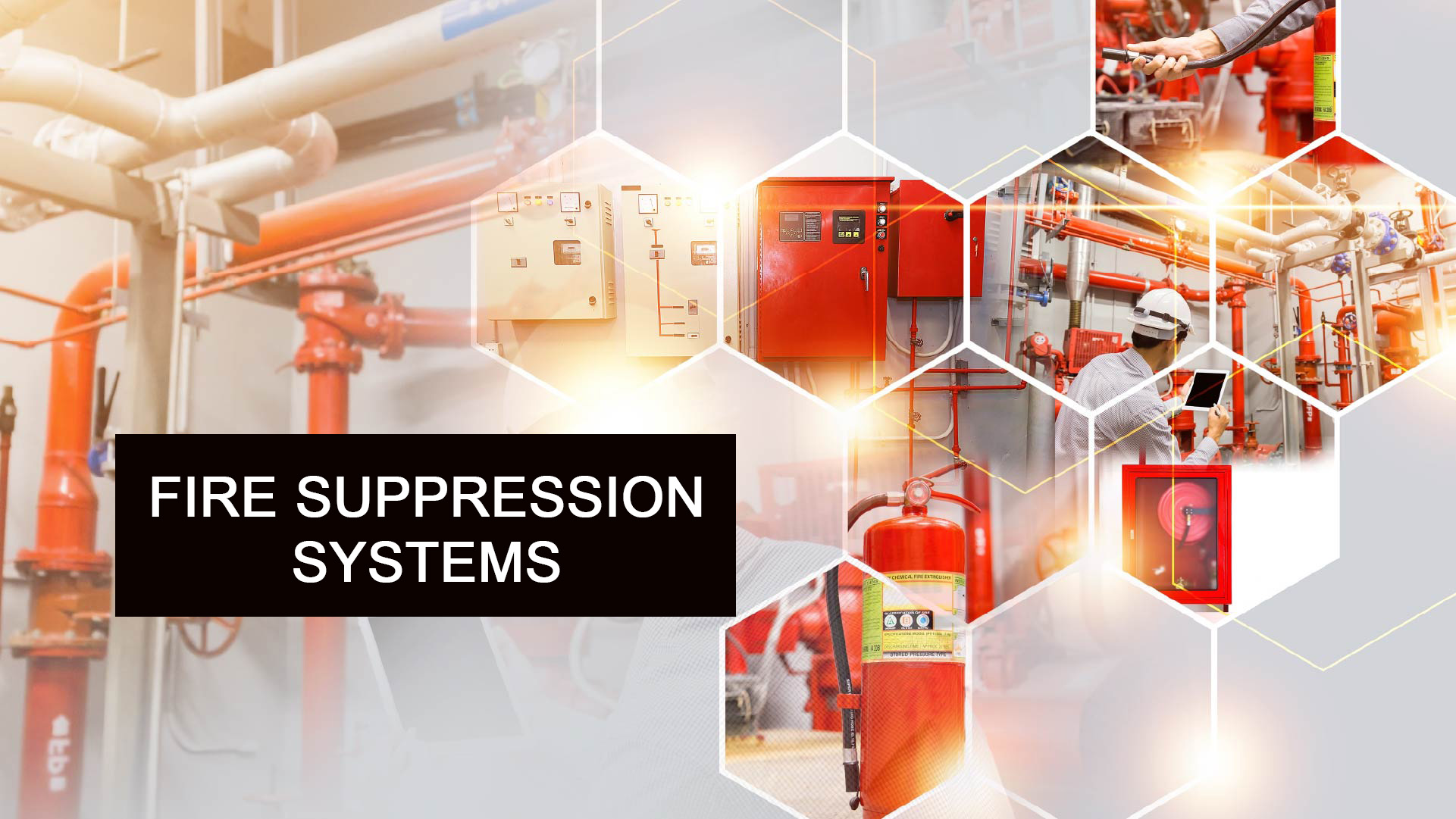




are essential for building safety—they’re the barriers that hold back flames and smoke, giving occupants more time to evacuate. But they need to be properly constructed and maintained. A tiny hole, like a pipe penetration, can let smoke and flames slip through, undermining the entire system.
These walls are subject to rigorous inspections by regulatory authorities to ensure they meet code requirements and effectively prevent the spread of heat within a structure. The rating of a rated wall assembly signifies the amount of time it can contain heat, ranging from 45 minutes to 4 hours.
It is imperative that these walls are properly constructed and maintained to protect occupants and property in the event of an emergency.
Rated wall assemblies are built to remain standing even if the structure around them collapses during heat events. Unlike other walls, they’re designed to maintain integrity. Meeting NFPA 221 standards ensures these walls can withstand intense heat and prevent collapse, offering crucial protection in emergencies.
While the building code does not mandate compliance with NFPA 221, following its guidelines can enhance the functionality and effectiveness of a rated wall. Designing for structural stability involves considering various factors recognized by NFPA 221 to ensure the wall’s integrity in the event of a heat incident
The image depicted in Figure 1 showcases a wall in a congressional building with a pipe protruding through it. This type of penetration could allow smoke and flames to easily travel to the other side in the event of a fire, emphasizing the critical need for these holes to be properly filled with ignition-resistant materials.

Figure 1
In contrast, a wall penetration that has been appropriately sealed to prevent the spread of smoke, gases, and combustion. It is imperative that all safety measures are diligently maintained to ensure the safety and security of all occupants within the building.
A recent inspections conducted by the Office of Compliance have revealed numerous instances of compromised safety measures, including penetrated rated wall assemblies, blocked doors, and unenclosed exit stairwells.
While doors with closing devices can be held open, compromised walls and unprotected stairwells pose major risks and are never acceptable.
During the 109th Congress Biennial Inspections in 2005, safety and health inspectors found 250 unsealed penetrations in barriers, with 29 located in exit stairwells.
It is imperative to acknowledge that the actions of tradespeople such as plumbers, electricians, and contractors can have serious consequences on the structural protection of a building.
Even the seemingly insignificant act of drilling holes and running wires through a wall assembly can compromise the integrity of the entire system. It is crucial to understand that a flame can exploit even the tiniest crevices to spread and cause devastating damage.
It’s crucial that any breaches in protection measures are addressed promptly by qualified contractors. This process, known as ‘fireproofing,’ plays a vital role in safeguarding the building and its occupants from catastrophic damage. All individuals involved in construction must prioritize protection measures to ensure safety.
To ensure success, use designated flame-resistant materials. Breaches within compartments must be sealed with intumescent sealants like caulk, pillows, and collars, which expand under high heat, blocking smoke and flames.
Additionally, all openings—doors, windows, joints, pipes, and ducts—must undergo rigorous protection measures to eliminate any potential pathways, ensuring maximum safety during an emergency.
Protected by Security by CleanTalk